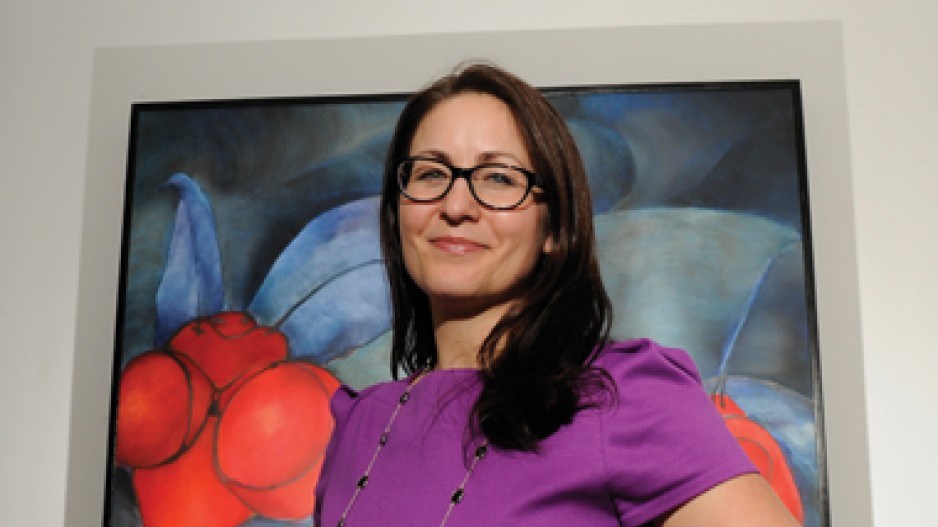While baby boomers could be reached with traditional media, marketers need to engage the millennial generation from teens to 30 with multiple media and experiences – what Monique Janower calls channel mapping.
“Instead of two or three touch points, we’re looking at more complex plans with six or seven,” said Janower, partner and chief marketing officer of Red the Agency, a full-service marketing communications firm in Vancouver.
“It means that marketing strategies come from a place of channel mapping rather than media planning.”
Janower said traditional media remain important but strategies for millennials – also known as generation Y – require many other channels, such as in-store retail experiences, brand microsites, social media, search engine marketing, street teams, interactive experiences, community relations and sponsorships.
“They are the first generation to be brought up online,” she said. “They quickly not only adopt technology but adapt it for their lifestyle. They see technology helping them remain closer with family or friends.”
Janower pointed out that millennials are on their way to passing boomers in spending in the next five to seven years, a trend that can be seen in such facts as 46% of millennials have made a purchase using their smartphone in the past six months.
“That group happens to be the most active in online spending and they spend the most.”
Janower said this generation thoroughly researches purchases. “Millennials will consult with at least three information sources before making a major product or service purchase, the top sources being family and friends, followed by search engines and expert websites,” she said.
“As marketers, we really need to be aware of how we can influence perceptions of brands among friends and family, but also how are we being found via search or what are those expert websites saying about our products or services.”
Janower said there is still a role for traditional media such as television. “Viewing has remained constant and is one of the first ways millennials are introduced to new products or services.”
She said millennials are looking for brands that fit their lifestyles and they tend to be socially conscious.
“They place value on brands and businesses that behave responsibly.”
Janower said this generation has added online viewing to their media consumption habits.
“Content providers such as Netflix are capitalizing on this with exclusive online original conten,” she said, adding how you approach marketing to millennials also depends on the category of product or service you’re selling.
“For example, millennials will make up approximately 40% of the Canadian car-buying market by 2020. However they do not view cars the same way their parents did. Many are opting to drive less and use alternative forms of transportation where possible.”
Janower said millennials are crucial to brand reputation management.
“Millennials are very quick to share information about their experience with brands, products and services. Marketers can harness this positively but they also need to be aware of this when potentially things go awry with one of their brands or businesses.”
Red the Agency has completed the initial branding of the new Port Coquitlam Sports Alliance, where Ryan Clark has become its first executive director after almost a decade as CEO of Tennis BC.
As president of Game Changer-Sport Advancement, he is also contracted to be tournament director of the Vancouver Open tennis tournament and part of the management team of KitsFest.
“In sport, I am often dealing with athletes, parents, coaches and event teams, all of whom are from different generations.”
Clark said that his sport experience with gen-Y (his preferred term) has affected how he communicates, interacts and delivers programs, services and events.
Echoing Janower, he said reputations are on the line with this generation.
“When you go to engage now, you’re really thinking things out. I realize that if I do a great job, they are inclined to relay their experience to their networks immediately,” he said. “Conversely, I know if I under-deliver that it will also be sent around fast. Reward and risk can be higher with gen-Y this way.”
Clark said the biggest priority to engage with gen-Y is keeping things fresh and new much more quickly than with earlier generations.
“They have to see freshness, whether it’s from content or programing. You have to wow a lot more.”
He said it’s important to be active on all different fronts to get the message out – texting, instant messaging, website, podcasting, YouTube postings, Twitter and every other form of social media.
“I know that if I get the message out to key people, it will get spread out very quickly.”




